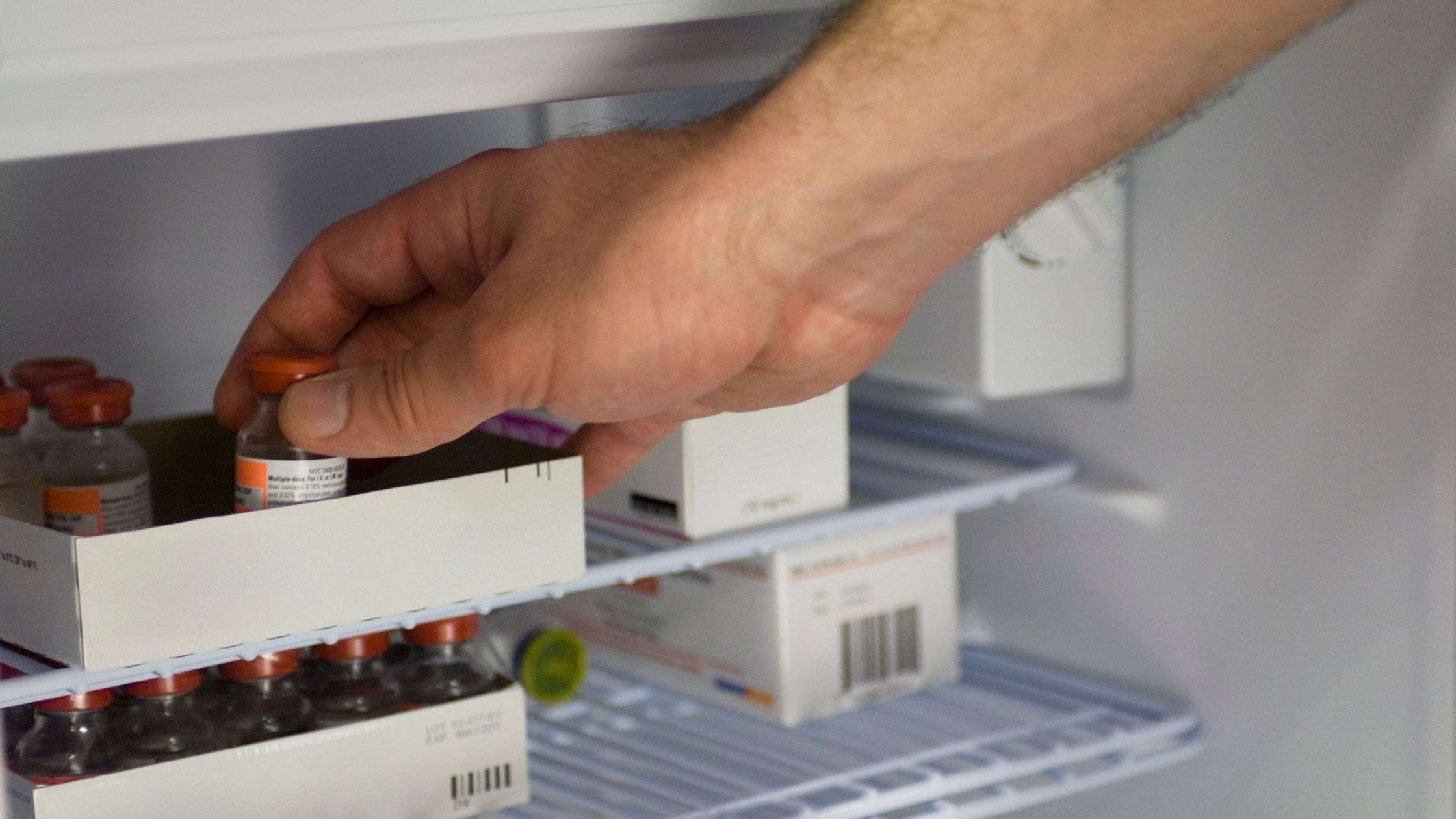What's Inside
Are you a diabetic patient planning to start insulin usage in the near future? As per the latest reports, there are 7.4 million people in the United States who use insulin. However, as a first-time user, you might have several doubts regarding the storage of insulin.
Various Aspects Of Insulin Storage In Fridge
In this blog, we discuss the various aspects of insulin storage such as how to store insulin in your fridge, the recommended temperatures, and other useful tips.

1. Keep It Cool
As per the directions mentioned by three insulin manufacturers in the United States on their product labels, the ideal temperature to store insulin in a refrigerator is approximately 36°F to 46°F. If you are using ice, stay away from freezing the insulin. Never make the mistake of using insulin that is frozen.
2. Check The Expiry Date
Insulin that is not opened and refrigerated in the above-mentioned temperature ranges maintains potency until the expiry date stated on the package.
Insulin products manufactured by companies that come in vials or cartridges (opened or unopened) may be left without refrigeration at a temperature between 59°F and 86°F for up to 28 days and will still be suitable for use.
However, always keep in mind that an insulin product that has been altered with the objective of dilution or by removal from the pharmaceutical company’s original vial needs to be discarded within 2 weeks.
Also note that you should discard the insulin remaining in the infusion set of a pump device (eg. tubing, catheters, reservoir) after 48 hours.
The other situation where you need to discard the insulin is when it is contained in the infusion set of a pump device and exposed to a temperature of more than 98.6°F.
3. Keep Away From extreme temperatures
When exposed to extreme temperatures, insulin will lose its effectiveness to some degree. The more the duration of exposure to extreme temperatures, the lesser will be its effectiveness.
This can lead to a loss of blood glucose control over a period of time. Make sure that you keep the insulin in a place away from direct heat or where it is exposed to direct sunlight.
During emergency situations, you might still have to use the insulin that has been stored at a temperature exceeding 86°F.
If stored properly, insulin will be available again, you need to discard and replace the insulin vials that were exposed to such extreme conditions as quickly as possible.
Top 9 Tips For Effective Storage Of Insulin
1. When you open a new vial or pen, use a marker pen and note down the date you opened it outside the package. This will help you stop using it beyond the recommended date.
2. After 28 days of opening the insulin, throw it away.
3. In the case of insulin pens, keep it refrigerated till the time you open it. After opening, you can open it at room temperature.
4. Check with your doctor about the lifespan of your insulin. Insulins with both shorter and longer lifespans are available in the market. There are insulins that come with very short lifespans, i.e. they must be utilized within ten days.
5. In some cases your refrigerator may go through unexpected temperature fluctuations. In such situations, there are chances that insulin may get frozen inside the fridge. To avoid that, keep a thermometer inside your refrigerator to check for a stable temperature of 39° F (or 4° C). This measure ensures that your refrigerator maintains a constant temperature and does not go below the freezing point at any point in time.
6. Insulin, as we discussed earlier, is sensitive to hot temperatures. Thus, never make the mistake of keeping it outside in extreme heat. This generally happens during the summer season when you leave the insulin in your car for a long time, or keep one as a backup in the glove compartment of your car.
7. Before every usage of insulin, inspect it carefully. Check for changes in color or clarity. See whether there are solid white particles, clumps, or crystals in the bottle or pen. Insulin will always be clear and it should never look cloudy.
8. If you inject cold insulin that is stored in the refrigerator, it may be more painful. To avoid this scenario, insulin manufacturing companies recommend storing the insulin bottle you are currently using at room temperature. Insulin kept at room temperature will last for close to a month.
9. To save money, sometimes you may purchase more than one insulin bottle at a time. Store those additional bottles in your fridge and keep it out before the prescribed time of usage.
Conclusion
Hope this article comes to your aid in insulin storage and usage. Wish you all the best in your efforts at curbing diabetes.

